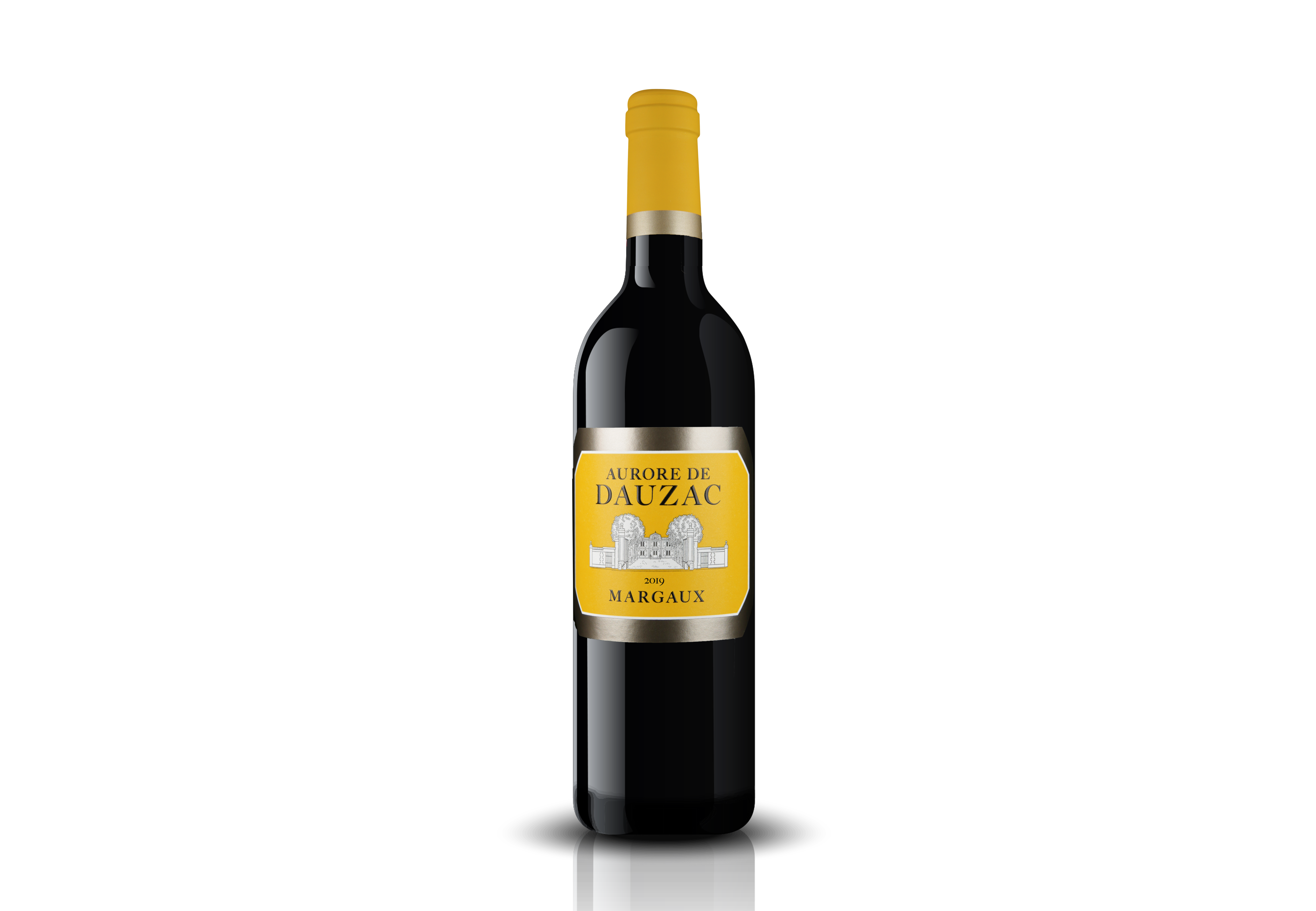Aurore de Dauzac 2019 : the signature of Margaux by Château Dauzac
Aurore de Dauzac 2019, the signature of the Margaux terroir by Château Dauzac
Medoc estate Château Dauzac presents its Aurore de Dauzac cuvée, a plot selection that prioritizes the expression of Cabernet Sauvignon, for its 2019 vintage interpretation. The vines come from the easternmost parcels of the Château Dauzac vineyard, resulting in a fruity, crisp and intense wine, perfect to accompany the Easter meal.
Château Dauzac’s rigorous selection of parcels allows it to make wines that reflect their parcel identity, moving away from the classic Bordeaux logic of 1st and 2nd wines. Soundings, 3-meter deep cuts and electrical resistivity tests allowed us to identify homogeneous plots and to adapt the choice of grape varieties. Aurore de Dauzac thus reveals all the singularity and style of the “Levant” plots, the most eastern of the vineyard.
This wine is a blend of Cabernet Sauvignon (64%) and Merlot (36%), whose 40-year-old vines are planted in a fine sandy gravel soil, the signature of the Margaux terroir. The 2019 vintage offered quality grapes, with a beautiful concentration, thanks to alternating periods of mild, cool, rainy and finally a heat wave. When the grapes are ripe, they are harvested by hand and the juice is aged for 12 months in barrels. This meticulous maturation promises a fruity, crisp and intense wine to be enjoyed now or to be left to age in the quiet of a cellar for fifteen years.
Aurore de Dauzac 2019 has a garnet red color and an aromatic bouquet of red fruits and spices on the nose. The attack in mouth is supple and suave, before giving way to a beautiful tension. The tasting ends on elegant and fresh notes.
This 2019 Aurore de Dauzac vintage is priced at €30 and is available at wine shops and CHR. It can be enjoyed with a leg of lamb with thyme flowers, a morel risotto or a cheese platter.
Château Dauzac, the 5th Grand Cru Classé of Margaux in 1855, has a single vineyard, which extends over 49 hectares. The property is strongly committed to biodiversity and continues to reinforce its pioneering status through technical and agronomic advances.


